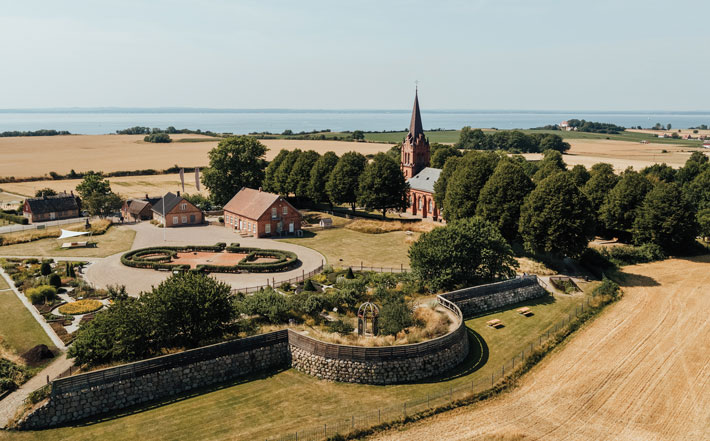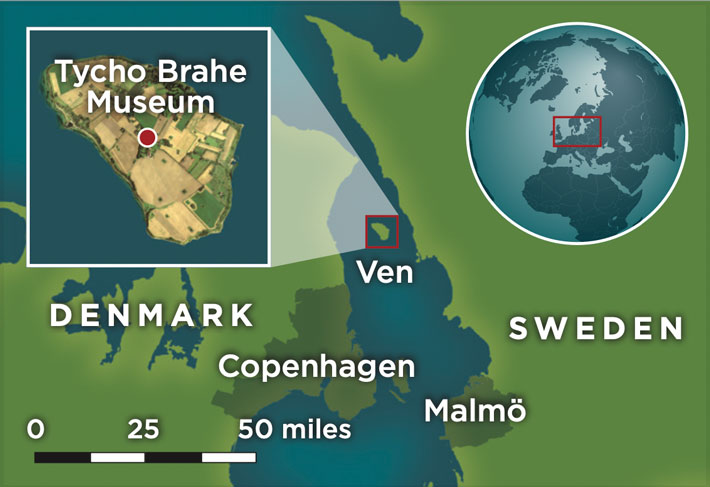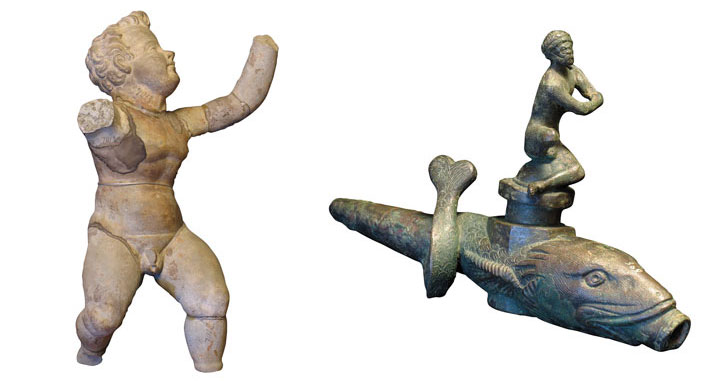Off The Grid
Ven, Sweden
May/June 2023
 The Danish astronomer Tycho Brahe was the most accomplished scientist in sixteenth-century Europe. Using only astronomical equipment that relied on the naked eye—the telescope hadn’t been invented yet—he established that the stars were not part of an unchanging firmament, but belonged to a constantly evolving universe. In 1576, the Danish king Frederick II granted Tycho title to the windswept island of Ven, where the scholar constructed Uraniborg, or Castle of the Heavens, a state-of-the-art, three-story brick observatory and scientific institute. There, not content with observing a single heavenly body once and then moving on to the next, Tycho and his assistants made thousands of observations of individual stars with instruments such as quadrants, sextants, and a device of Tycho’s own invention known as an equatorial armillary. “He observed the heavens with a skeptical mind,” says Luther College historian John Christianson. “He didn’t assume that a single observation was accurate. He made measurement after measurement to assess their accuracy and essentially invented the modern concept of data.” Tycho soon realized that the island’s heavy winds were disturbing his precise measurements. He constructed a second, underground observatory, dubbed Stjerneborg, or Star Castle, where he could take more accurate readings. Both observatories were destroyed soon after Tycho left the island in 1597, dismayed by the antipathy of Frederick II’s heir, Christian IV, and calls from the scientific establishment to subordinate his institute to the University of Copenhagen. In the 1950s, Swedish archaeologists excavated the site of Stjerneborg, uncovering its original foundations. More recently, teams from Lund University have excavated the remnants of Uraniborg itself. They have also reconstructed sections of its ramparts and the magnificent Renaissance garden that Tycho commissioned.
The Danish astronomer Tycho Brahe was the most accomplished scientist in sixteenth-century Europe. Using only astronomical equipment that relied on the naked eye—the telescope hadn’t been invented yet—he established that the stars were not part of an unchanging firmament, but belonged to a constantly evolving universe. In 1576, the Danish king Frederick II granted Tycho title to the windswept island of Ven, where the scholar constructed Uraniborg, or Castle of the Heavens, a state-of-the-art, three-story brick observatory and scientific institute. There, not content with observing a single heavenly body once and then moving on to the next, Tycho and his assistants made thousands of observations of individual stars with instruments such as quadrants, sextants, and a device of Tycho’s own invention known as an equatorial armillary. “He observed the heavens with a skeptical mind,” says Luther College historian John Christianson. “He didn’t assume that a single observation was accurate. He made measurement after measurement to assess their accuracy and essentially invented the modern concept of data.” Tycho soon realized that the island’s heavy winds were disturbing his precise measurements. He constructed a second, underground observatory, dubbed Stjerneborg, or Star Castle, where he could take more accurate readings. Both observatories were destroyed soon after Tycho left the island in 1597, dismayed by the antipathy of Frederick II’s heir, Christian IV, and calls from the scientific establishment to subordinate his institute to the University of Copenhagen. In the 1950s, Swedish archaeologists excavated the site of Stjerneborg, uncovering its original foundations. More recently, teams from Lund University have excavated the remnants of Uraniborg itself. They have also reconstructed sections of its ramparts and the magnificent Renaissance garden that Tycho commissioned.
 THE SITE
THE SITE
The former location of Uraniborg lies within the grounds of the Tycho Brahe Museum. Open from late April to September, the museum displays replicas of Tycho’s astronomical instruments as well as artifacts such as a cherub statue and water faucet from Uraniborg discovered during excavations. The nearby Stjerneborg observatory has been reconstructed based on archaeological evidence. Still visible are its original walls and its foundations, which were unearthed by archaeologists and once supported immense instruments. The gardens surrounding Uraniborg, which were re-created based on excavated botanical remains, are open to visitors.

WHILE YOU’RE THERE
Ven is a 90-minute ferry ride from Copenhagen. In the city, visitors can prepare for a trip to the island by going to the University of Copenhagen, where the Round Tower observatory, built by Tycho’s disciples according to his scientific principles, still stands. After touring the Tycho Brahe Museum on Ven, Christianson recommends stopping at St. Ibb’s church. Tycho ordered an artist employed at Uraniborg to paint the church’s altar, and visitors can see his personal pew, which is adorned with the Brahe family crest.